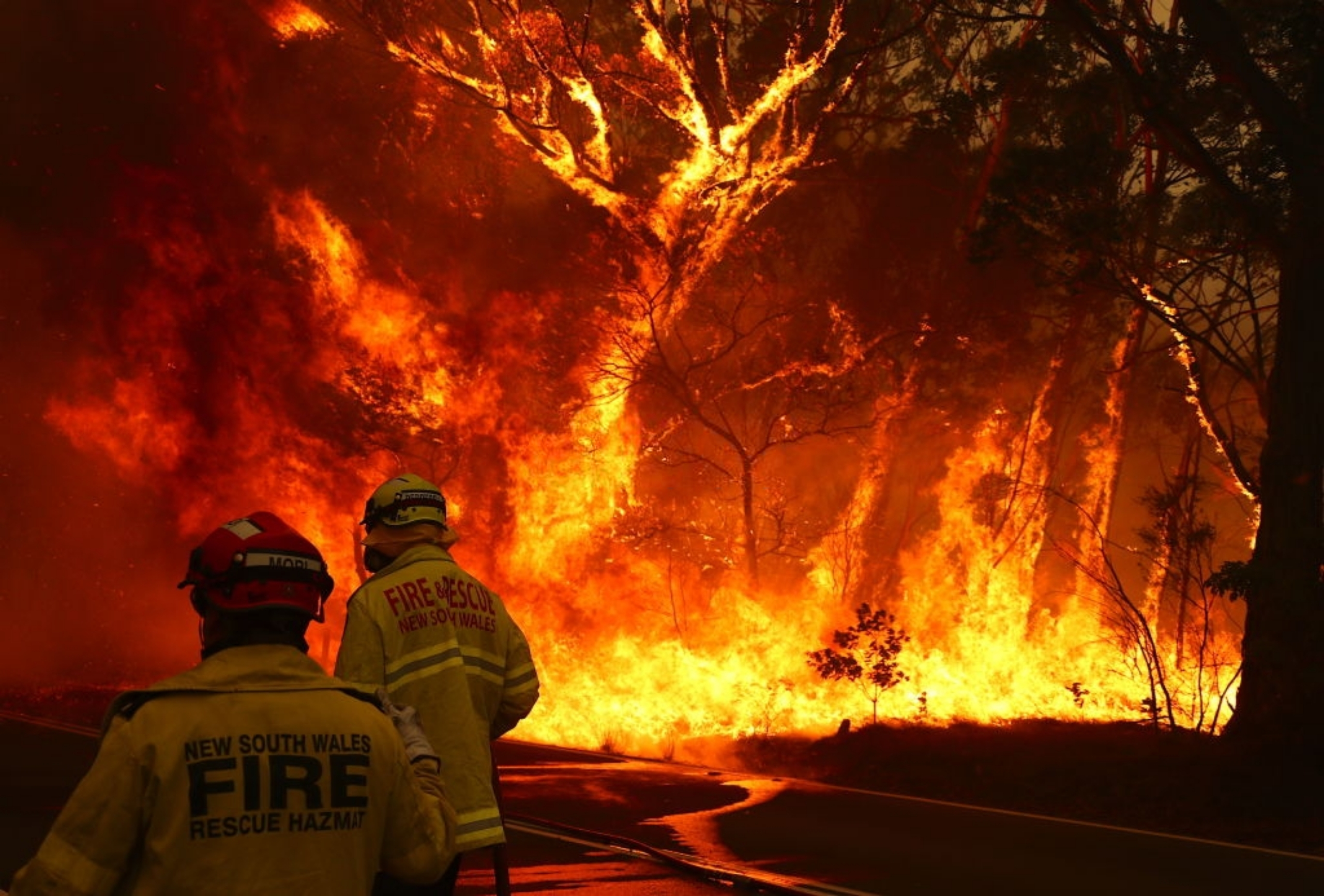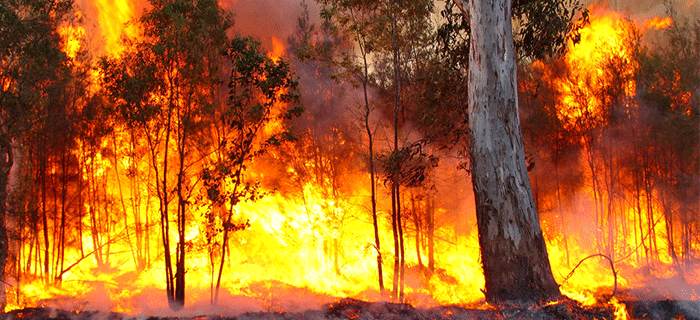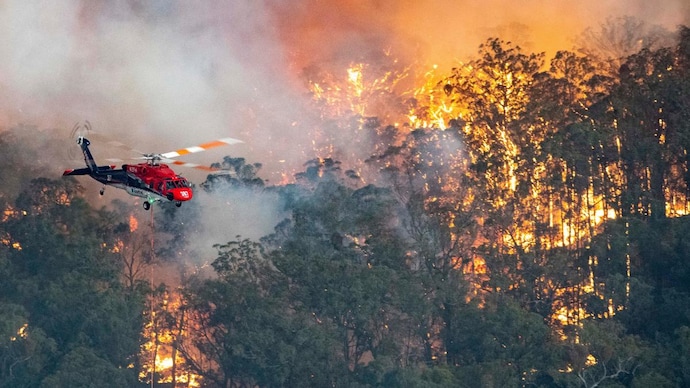Just How BAL Record Impacts Bush Fire Security Measures
In the realm of bush fire defense, the Building Assault Level (BAL) record stands as an important tool that significantly affects the safety and resilience of residential properties in fire-prone locations - BAL Report. The effect of a BAL evaluation prolongs much past plain paperwork; it offers as the keystone for identifying the proper building and construction criteria and fire protection measures needed to reduce the threats positioned by bushfires. As communities grapple with progressively serious fire seasons, comprehending exactly how the BAL report shapes these safety actions ends up being paramount for contractors, policymakers, and property owners alike
Comprehending the Bushfire Assault Level

Importance of BAL Report Evaluation

Moreover, the BAL report evaluation works as a foundational action in following legal responsibilities and demands associated with bushfire defense. Neighborhood councils and authorities often mandate the submission of a BAL report as part of the planning and building authorization procedure to make sure that properties are adequately safeguarded versus bushfire dangers. Falling short to conduct a complete BAL record analysis can result in poor protection measures, leaving homes prone to ravaging bushfire occurrences.
Building And Construction Requirements Based Upon BAL
A comprehensive understanding of the Bushfire Attack Level (BAL) enables homeowner to execute building standards tailored to their particular risk profile. Construction standards based upon BAL are critical in mitigating the effect of bushfires on residential or commercial view it now properties. The BAL rating categorizes the possible risk a home encounters throughout a bushfire on a scale from BAL-Low to BAL-FZ (Flame Area) Each BAL degree matches to details building and construction needs described in the Australian Conventional AS3959-2018 Building And Construction of Structures in Bushfire-Prone Areas. Buildings identified as BAL-Low might just require fundamental procedures such as clearing particles and keeping gardens, while those in greater BAL groups need even more robust measures like ash screens, fire-resistant materials, and secured home windows. that site Following these building requirements not just enhances the architectural resilience of the residential or commercial property however also enhances the total safety of citizens throughout a bushfire event. Consequently, home proprietors must thoroughly consider their BAL ranking and adhere to the equivalent construction standards to properly guard their owners and homes.
Executing Fire Defense Actions
With the structure of construction criteria based on Bushfire Attack Degree (BAL) in location, the emphasis now shifts in the direction of the functional implementation of fire protection actions to strengthen residential or commercial properties against bushfire dangers. Carrying out fire security actions entails a mix of passive and energetic techniques to improve the strength of structures in bushfire-prone locations. Easy measures include utilizing fire-resistant structure products, setting up ember guards on vents, sealing voids in wall surfaces and roof coverings, and preserving a clear room around the residential or commercial property devoid of combustible greenery. Energetic steps include having firefighting equipment readily offered, such as hose pipes and water pumps, as well as producing a defendable space around the residential or commercial property by getting rid of plant life and having a properly maintained garden. Additionally, establishing an emptying plan and ensuring all citizens recognize emergency situation procedures are critical parts of efficient fire defense actions. By integrating both passive and energetic techniques, residential properties can substantially reduce their vulnerability to bushfire events and boost the safety and security of owners.
Safeguarding Homes Versus Bushfires
Efficiently protecting homes against the destructive influences of website link bushfires calls for a aggressive and thorough strategy to fire defense procedures. Furthermore, sealing spaces and vents to stop coal intrusion, as well as integrating fireproof doors and home windows, can help strengthen the home's defense against bushfires. By welcoming a proactive stance and integrating these safety actions, homeowners can dramatically enhance their possibilities of protecting their homes versus bushfires.
Final Thought
Finally, the Bushfire Strike Level (BAL) record plays a crucial duty in figuring out the required protection actions against bushfires. By evaluating the BAL, building criteria can be tailored to reduce the risks and ensure the safety and security of homes in fire-prone locations. Applying fire security measures based upon the BAL record is crucial in securing homes from potential bushfire threats. It is crucial for property owners to focus on BAL analyses and abide by suggested building criteria to improve bushfire resilience.
In examining bushfire threat to homes, recognizing the Bushfire Assault Level (BAL) is an essential part for executing effective defense steps. In general, a clear understanding of the Bushfire Strike Degree is vital for carrying out adequate security procedures and mitigating the impact of bushfires on residential or commercial properties.
